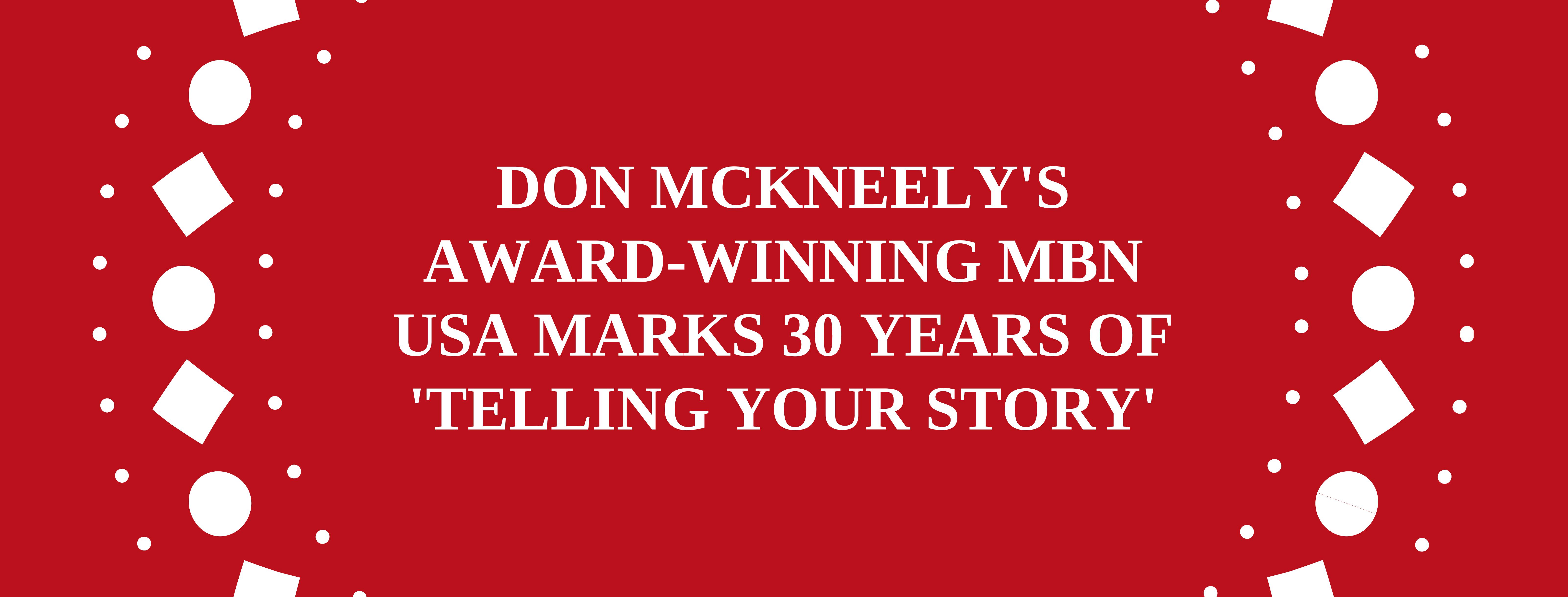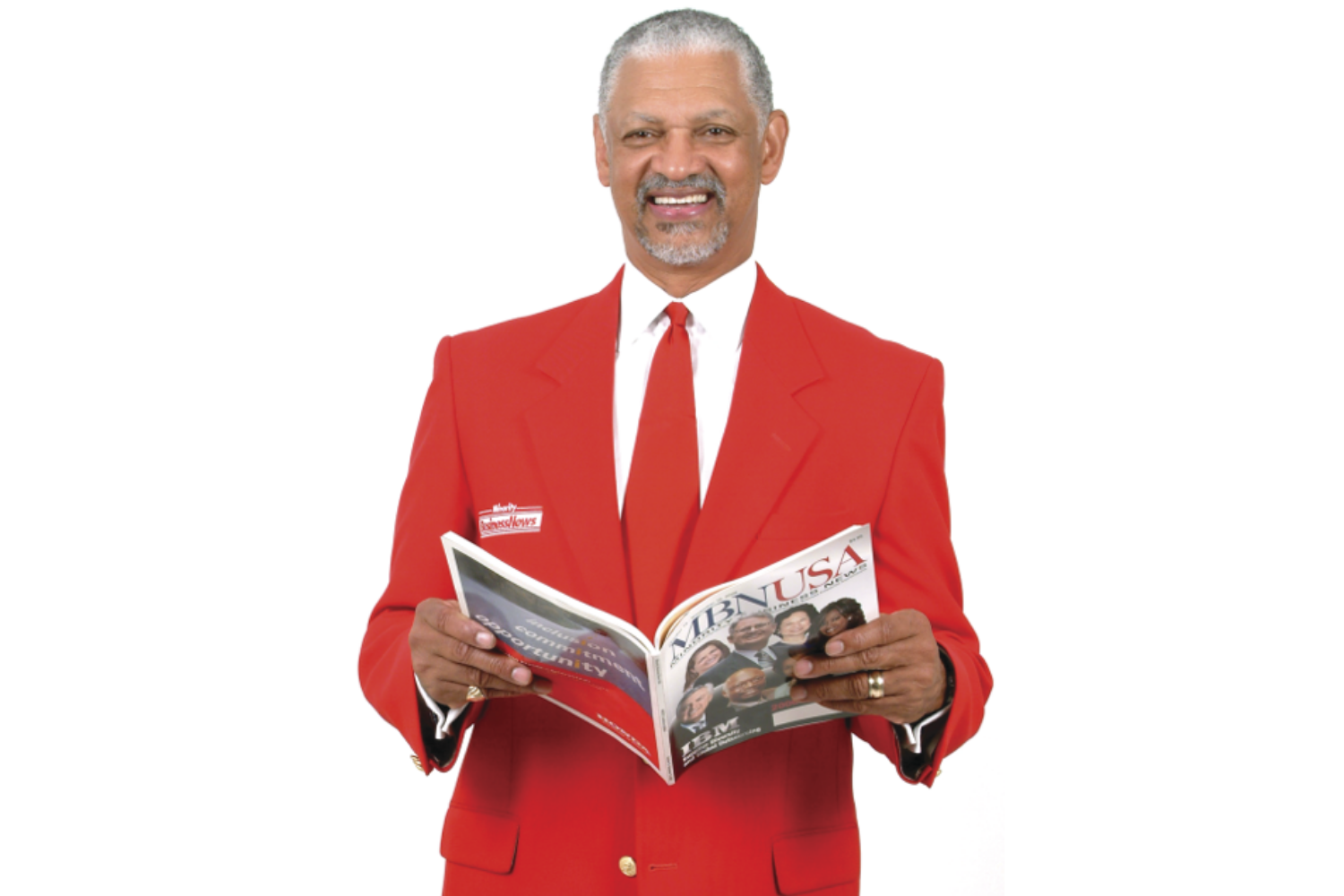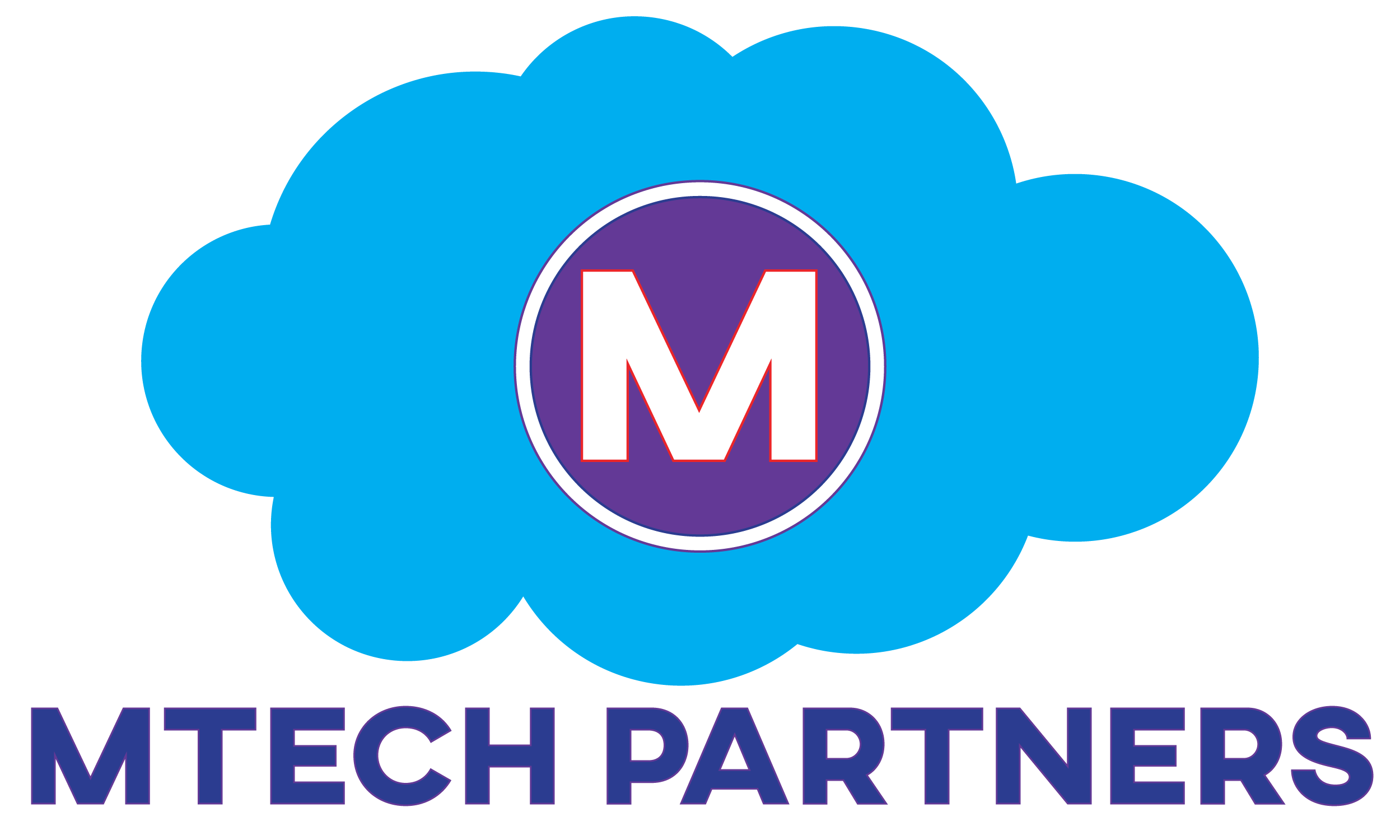
folder_open Mtechpartners News
DON MCKNEELY'S AWARD-WINNING MBN USA MARKS 30 YEARS OF 'TELLING YOUR STORY'

Don McKneely, Founder and CEO of MBN USA
Volume IV 2018
By Stephanie Anderson Forest
The red blazer. Ah, that red blazer. For anyone who has been in the trenches of supplier diversity over the past three decades, the sight of that red blazer just across the way in an exhibition hall or a few rows ahead in that seminar can only mean one thing: Don McKneely is in the house.
A former newspaper owner, he founded Minority Business News in May 1988 with the goal of articulating the value proposition of minority business development and diversity inclusion. In the early days, he was a one-man band — coordinating all the stories, shooting all the photography, selling all the advertising and delivering the magazines to all the outlets.
Using the tagline, “We Tell Your Story,” MBN USA garnered success, and with it, recognition. The team at the magazine and McKneely have been honored more than 125 times for their efforts. And, to think he could have missed out on all those accolades by being out there somewhere in radio land (more about that later).
Here, he discusses how he has managed to stay in the cut-throat media business for three decades, changes in minority business development over the years, trends in supplier diversity and more.
You have 30 years under your belt. What makes MBN USA as relevant today as it was when you launched the magazine?
What makes us as relevant today as we were 30 years ago is that the mission remains the same. Minority Business News USA exists to promote the value of minority business development and recognize corporate supplier diversity success.
We still need to keep minority business development and supply-chain diversity top of mind. There’s so much opportunity for engagement. There are many corporations that support the minority business development initiative that have come to the table; but, that’s only a small percentage of that universe. We have only about 5 percent of major corporations involved in supplier diversity. So, that gives us a tremendous amount of opportunity for engagement, education and bringing together mutually beneficial partnerships between corporations and minority business owners.
What are some of the major changes you have seen in the supplier diversity industry over the 30 years you’ve been covering the arena?
We’ve certainly seen more corporations come to the table, become part of the movement, if you will. But by the same token, we’ve seen some corporations that had been involved that have fallen by the wayside.
Why do you think some organizations have reversed course?
I think initially some organizations bought in because they knew it was the right thing to do, and they certainly wanted to make an effort to be a part of the initiative. And, then of course, as some of them got involved, it just became not as important. At some point in time, some of them may have looked and said, “Well, that was nice to do, but we have other things we need to focus on instead of supplier diversity and inclusion.” So, many of them just stepped away and refocused.
Also, over the past 30 years, many of the companies that were involved are no longer in business. There have been so many mergers and acquisitions. I think about the banking industry. Thirty years ago, we had a lot of banks that were involved. And, then suddenly, the bigger banks began to buy up and bring in the smaller banks under their umbrellas. So, many of those companies are no longer around to be a part of the movement.
Same thing with the telecommunications industry. There were solid local and regional players in the supplier diversity space. Then, you had the big telecommunications companies that came in and bought them up. Then, companies like AT&T started spinning off their regional phone companies. And, many of those local and regional companies they had spun off were doing business with minority businesses. But then, when deregulation came along, the locals and regionals were bought up again. So, when they were brought back into the larger umbrella of these telecommunications giants, that business went away. They never were able to regain that business from the bigger umbrella company.
For the longest time, the automotive industry has been the leading industry in supplier diversity and minority business development. But, over the past couple of years with rapid advancements in the technology sector, both groups are neck and neck in vying for the gold as the leading industry in supply-chain diversity.
What impact has changing demographics had on the industry over the past three decades?
Forecasts show that the country will soon become a minority majority. Companies are trying to figure out how to win these diverse markets and do business with diverse suppliers. But, now it seems like that whole landscape has changed. There are so many different silos that now are chasing business from major corporations, whereas, in the past, you had a small set of African-Americans, Hispanics, Asians and Native Americans.
How do you explain your longevity as a media icon in the supplier diversity arena?
It was really a timing issue. I think we came into the market at the right time 30 years ago. Supplier diversity and minority business development was just beginning to take off. It had been around for a while, but 30 years ago it was really beginning to take root and gain traction. We moved into the space with the approach that we wanted to be a publication that targeted all minority markets — not just one segment.
Back 30 years ago, you had targeted minority publications. You had publications that were targeting specifically African-Americans; you had publications that were targeting specifically Hispanic-Americans, etc. Our approach was to target all minority segments under one umbrella. That’s what set us apart and made us uniquely different; we targeted all minority markets to bring them into the space.
The other thing that helped us survive and grow to where we are: We brought a lot of background experience into the media business. When we started Minority Business News — or MBN USA — our team had backgrounds in newspaper, radio, marketing and pay-television businesses. We were able to bring all that expertise into this one unique vehicle — Minority Business News. We were able to incorporate all that expertise into one multicultural brand; the other players in the space just didn’t have the experience and depth that we brought to the table.
Now, 30 years out, to what do you attribute your success, with new competitors coming along trying to carve out pieces of your market share?
The main thing for us at MBN USA is Kaizen [Japanese for “continuous improvement,” which refers to activities that continuously improve all functions and involve all employees from the CEO to assembly line workers]. We focus on continuous improvement and constant innovation. We’re constantly looking at how we can make our magazine better — how we can make it look and feel better, how we can give it more value and how we can deliver more value to our customers and to the supplier diversity community and market.
At MBN USA — day in and day out — our focus is around continuous improvement, innovation and value. Because of our business strategy, we’ve been able to take the lead in terms of where we are in the supplier diversity space and constantly move forward to win the day; that’s our whole goal.
Looking back, is there anything you would have done differently?
There’s not a lot that we would’ve done differently. But, if we could rewrite the book, we would rewrite it with a much larger capital infusion, so we could grow the business. We didn’t have the resources of a Wall Street Journal, Fortune or Forbes. We bootstrapped the business — as we were growing — and continued to put everything back into the business. If we’d had a bigger pool of resources, we would’ve started with bigger sales and marketing teams because that’s what drives business.
How have you maintained crisscrossing the country — and sometimes outside the country — almost every week of the year?
It’s a mindset. It’s just setting your sights on the goal and then crafting a plan to get you there. The other thing is having a strong desire to really want to succeed. And so, if you love what you do — and I love what I do — it’s not work. I get a lot of satisfaction out of being able to do what I love. And then, of course, I certainly try to get the proper amount of rest and do all the things that you need to do to continue at an optimum pace. So, what’s allowed me to do it is just enjoying what I do, meticulously planning the work and working the plan.
What does success look like for MBN USA five or 10 years down the road?
We’ll have a broader digital footprint, but that doesn’t mean we’ll be abandoning print. We’ll meet our customers where they are; if they want digital, we’ll give them digital. If they want print, we’ll give them print. If they want both, we’ll give them both.
In addition, success for the magazine five or 10 years out is seeing MBN USA become a household name. My vision has always been for MBN USA to be recognized on the shelves of major booksellers and retailers. When you see all these business magazines — Fortune, Forbes, Black Enterprise, Hispanic Business — as you’re walking along in the airport, I’d like to see MBN USA right there too. When you dream, you dream big, right? So, my other big goal is one day to ring the bell on Wall Street. Because when you get to that point, then you’re certainly in a “high cut,” as the saying goes.
About Don McKneely
Hometown: Dallas, Texas (early years, Oklahoma)
First job: Delivering newspapers in my Oklahoma neighborhood when I was 12 years old
Hobbies: Reading, researching and playing golf — handicap 19; played since age 12 when I was a caddy; my second job
Last two books you read: “Hacking Supplier Diversity: Cracking the Code for the Business Case: Revenue Generation, Economic Impact, ROI” by Scott A. Vowels Ph.D. and “Vernon Can Read! A Memoir” by Vernon E. Jordan Jr. and contributor Annette Gordon-Reed
Favorite leadership quote: “If we take care of our customers, they will keep us in business.”
Tell something about yourself that people would be surprised to know: Radio was my first love. I was a drive-time disc jockey for many years in Oklahoma on the air from 7-11 a.m., Monday through Friday, playing rhythm and blues, or as we called it back then — soul. Tops on the playlist were Aretha Franklin, Lou Rawls, Donny Hathaway, The Temptations, Michael Jackson and Maze, just to name a few. I always wanted to be a radio station owner. But 40 or 50 years ago, that was very, very difficult to do unless you had a lot of money. So, when owning a radio station didn’t happen, I ended up being a newspaper/magazine owner.
